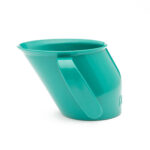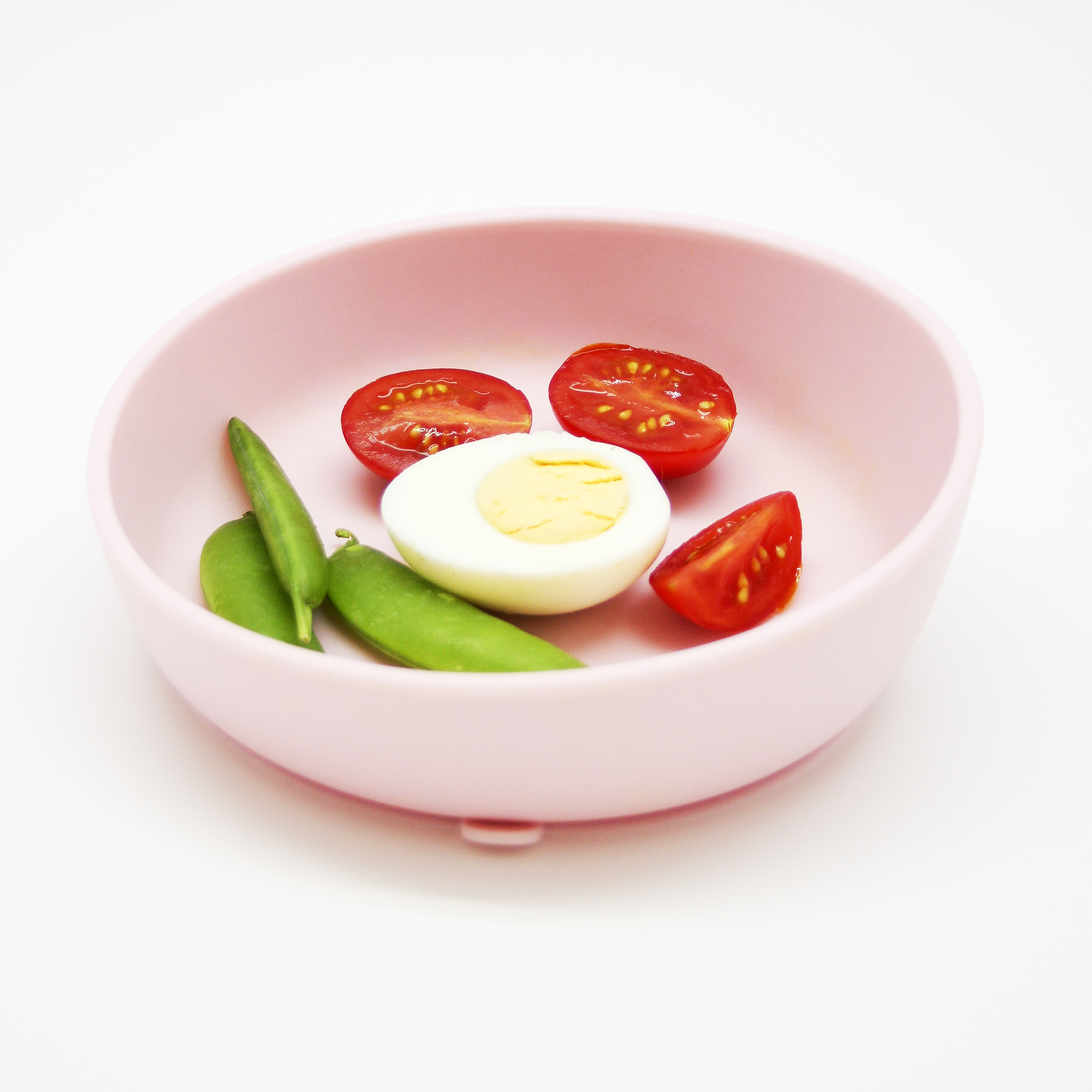FOR BREAST FED & BOTTLE FED BABIES – Critically, the Doidy Cup is suitable for breast fed babies and for bottle fed babies alike from three months. If you are feeding your baby a combination of breast and expressed milk you can use a Doidy cup instead of a bottle as it uses the very same suckling action of the tongue as breast feeding. Bottle feeding requires baby to learn a different action of the tongue, one with a strong sucking action rather than suckling and may lead to confusion if you are interchanging between breast and expressed milk. Equally, if you are weaning your child and starting open cup training it makes sense to move straight to the Doidy Cup’s open rim.
CRITICAL SKILLS & HEALTH BENEFITS – Not only does drinking from the Doidy Cup encourage good oral movements and help babies develop swallowing skills, it also helps hand eye co-ordination, aiding infants to learn how to place a cup down properly. In fact, Health Professionals promote the use of an open cup such as The Doidy Cup to help prevent many conditions that may occur from prolonged use of a teat or spout. This can include premature tooth decay (early dental caries) and speech problems, with speech therapists even using the Doidy Cup to teach lip and tongue control. Bottle fed children have an increased probability of iron depletion compared with cup fed children (see Health Professionals references).
How to start the weaning process
When first introducing the Doidy Cup use a small amount of liquid and hold the cup at the bottom. Place the rim on the lower lip to allow baby to take what she wants. Around 5 months the baby will take the handles and try to feed themselves more independently.
There may be some spillages but remember this is the only way that baby will learn.
When travelling it is recommended that all drinks should be kept in a separate sealed container and the cup in a plastic bag and washed after use. Discard any drink that has been contaminated with saliva as it is open to bacteria.
3 MONTHS
The process of drinking from the Doidy Cup uses the same natural jaw and tongue suckling movements as with breastfeeding. Thanks to its exceptional features the Doidy Cup may be used for feeding the baby with expressed or formula milk (leaving the baby’s suckling ability intact);
6 MONTHS
Health Professionals recommend the introduction of an open cup from 6 months of age. Breast or bottle-fed babies may be encouraged to drink from the Doidy Cup. Learning to drink from the Doidy Cup at a young age can allow the move from breast to cup without the introduction of a spout or teated bottle.
12 MONTHS
Bearing in mind Health Professionals and Government recommendations for complete bottle elimination by the age of 1 year, it is often the case that infants want to independently drink from an open cup, to be part of the social eating experience and to show how clever they are!
OLDER CHILDREN & ADULTS
Moreover, the Doidy Cup may also be used by older children and adults – for example those with special needs, or for the elderly who may be bed bound or cognitively impaired.

Weaning Advice
The Department of Health recommends waiting till your baby is around 6 months old before introducing weaning.
If your baby was born prematurely it is always best to seek advice from your Health visitor before you start.
Baby led weaning is for many a preferred introduction to solid foods, it involves offering your baby a variety of foods that they can feed themselves.
What are the signs your baby is ready to begin weaning?
Babies develop at different stages though generally by 6 months old it is now thought their digestive systems are ready to process solid foods.
A baby should be able to sit comfortably unaided and be able to look at, pick up and put food into their mouth. At this stage babies should be able to swallow food rather than push it back out with their tongue. Always talk to your Health visitor before starting weaning as they can offer you lots of tips and ideas of which foods, textures & flavours to try.
Points to consider:
Don’t put cereal, baby rice or rusks into baby’s bottle
Don’t introduce weaning before 6 months without first talking to your Health visitor
Think about possible allergies, is there a family history of food allergies? If so seek advice about when to introduce certain foods.
Only offer water or milk to drink.
The UK health departments advise mothers to avoid giving their babies:
- salt (as their kidneys are unable to cope with large amounts of salt and over-use could affect the child’s health in future) ;
- sugar (to discourage a sweet tooth and tooth decay);
- honey under one year (because of its link with infant botulism);
- whole nuts (including peanuts) until the age of five, due to the risk of choking.
Remember:
Weaning is not only about introducing solid foods; it is also about teaching your baby to eat socially and learn to use cutlery and cups. Learning to chew from a spoon and drink from an open cup all help develop the muscles needed to talk properly and helps to reduce bottle use and improve dental health.




